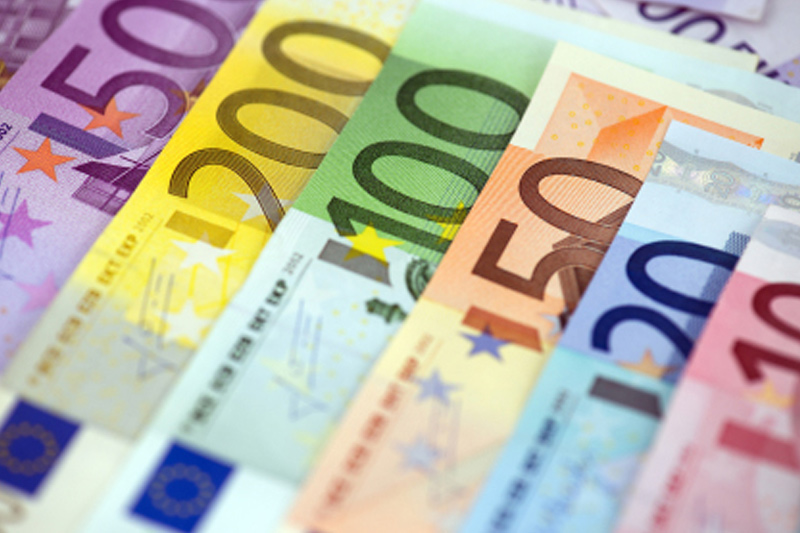Two 59%+ winners, four above 25% in Aug – How this AI model keeps picking winners
* Euro edges higher, first rise after ECB ruling
* Turkish lira slumps to record low vs dollar
* BoE leaves rates steady, holds off on stimulus
* Graphic: World FX rates in 2019 http://tmsnrt.rs/2egbfVh
By Dhara Ranasinghe
LONDON, May 7 (Reuters) - The euro inched up after three
days of selling on Thursday, but traders remained cautious amid
concern over the European Central Bank's stimulus scheme
following a German court ruling this week.
Turkey's lira fell to a record low of 7.25 per U.S. dollar
TRY= , extending its losses after comments from a Federal
Reserve policy maker which traders interpreted as ruling out
prospects of the Fed extending a swap line to Ankara.
Sterling rallied after the Bank of England left interest
rates steady and held off on more stimulus. The safe-haven yen
edged away from near seven-week highs against the dollar.
The euro rose to $1.0808 EUR=EBS , not far from the
week-and-a-half lows hit a day earlier around $1.0782. It has
shed more than 1.5% this week and is set for its biggest weekly
drop in just over a month.
That weakness follows a ruling by Germany's highest court on
Tuesday that the ECB had three months to justify purchases under
its bond-buying programme, or lose the Bundesbank's
participation in one of its main stimulus schemes. Commerzbank analyst Antje Praefcke said that the frightening
realisation appeared to be taking hold in markets that things
could deteriorate further for a euro zone battered by the
coronavirus pandemic.
"Then add the German Constitutional Court's ruling on the
PSPP (Public Sector Purchase Programme) the day before yesterday
to that and the toxic mix for the euro is complete," she said in
a note.
Partly on the back of the German ruling, Deutsche Bank
analysts have cut their euro view from bullish to neutral and
revised their mid-year forecast to $1.08, down from $1.13
previously.
Sterling gained 0.4% against the euro and the dollar
EURGBP=D3 GBP=D3 after the Bank of England held off on
further stimulus. Stronger-than-expected Chinese export numbers lifted hopes
in global markets that China can rebound quickly and help global
growth recover from a coronavirus-induced shock.
That helped reduce demand for the safe-haven yen. The U.S.
dollar was last up 0.2% at 106.31 yen JPY=EBS , having fallen
on Wednesday to 105.985, its weakest since mid-March.
Chinese exports rose 3.5% despite expectations of 15.7%
drop, helping to lift the Chinese yuan CNY=CFXS and the
Australian dollar.
The Aussie dollar was last up 0.8% at $0.6473 AUD=D4 .
Still, there was general caution in markets given renewed
signs this week of tension between the United States and China
as the Trump administration weighs punitive action against
Beijing over its early handling of the virus outbreak.
President Donald Trump said on Wednesday he was closely
watching to see if China is fulfilling its obligations under a
Phase 1 trade deal the two countries signed in January before
the coronavirus spread globally. "Last month we saw an easing in risk-off trades. But such
optimism may not last long," said Shinji Ishimaru, senior
currency analyst at MUFG Bank. "We are likely to begin to see
how severe normalisation will be after the great lockdown."
